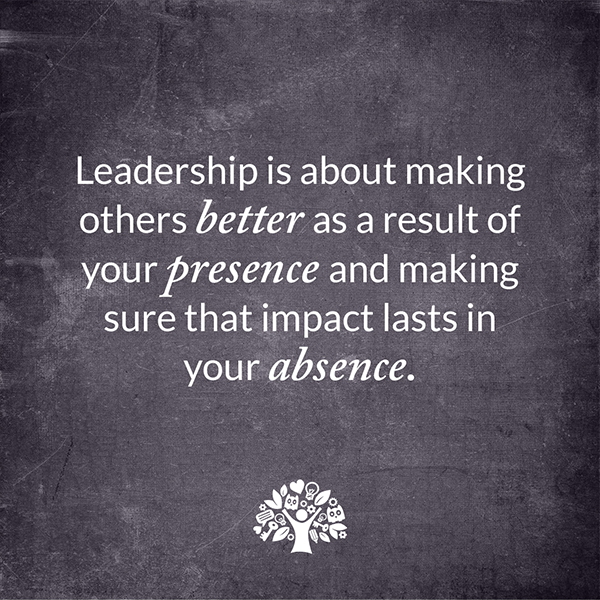
Fresh and innovative leadership strategies for team excellence
Looking for innovative leadership approaches to enhance your team performance?
Leadership is not just a mere function within an organisation; it is the beating heart that drives the strategic direction and the very essence of a team’s performance.
As businesses grapple with fluctuating market demands and a heightened need for agility, the approach to leadership must also evolve. This can be seen as “oh that’s a lot of pressure” or instead “let’s keep learning and growing”.
Effective leadership today requires more than just a command of business acumen; it hinges on the ability to empower and inspire a team, fostering an environment where every member can excel!
This article delves into the essence of empowering leadership and the innovative strategies that can enhance team performance, reshaping the conventional notions of management.
Defining team performance in a competitive landscape
Performance within a team is often quantified by the achievement of goals and the efficiency of task completion. Yet, in the current competitive environment, this definition expands to include innovation, adaptability, and collaborative success. High-performing teams are distinguished by their cohesiveness and the synergy of their collective skill sets. They navigate challenges with resilience and seek growth opportunities, driven by a shared vision. The hallmark of such teams lies in their ability not just to meet but exceed expectations, turning potential into tangible results.
Leadership plays a critical role in this equation, with the responsibility to identify and nurture the drivers of team performance, creating a culture where excellence is not just expected, but ingrained in the ethos of the team’s operation.
Setting the stage: The importance of clear objectives
The foundation of a high-performing team is the clarity of its objectives. Clear goals serve as the north star for teams, providing direction and a measure for success. However, establishing these objectives goes beyond articulating what needs to be achieved. It involves understanding the ‘why’ behind each goal, ensuring that each team member is cognisant of their role in the larger narrative of the organisation.
When objectives are clear, teams can align their efforts strategically, prioritising tasks and resources efficiently. Leaders must be adept at conveying these objectives with precision and enthusiasm, bridging the gap between individual responsibilities and the collective mission. This alignment is the first step in creating a framework where performance is not only monitored but also optimised, laying the groundwork for sustained organisational success.
The role of OKRs in team cohesion
Objective and Key Results (OKRs) are a strategic framework for setting goals, driving forward team cohesion and organisational alignment. OKRs foster a unified direction, where each team member not only understands their individual objectives but also sees how their efforts contribute to the broader company aims.
This clarity is particularly evident when OKR training courses from 1ovmany are implemented, offering tailored guidance that cements this framework within a team’s culture. Through OKR team training, members learn to set ambitious yet achievable goals, promoting transparency and shared accountability. These courses are instrumental in breaking down silos within an organisation.
They encouraging a collaborative environment where goals are discussed openly. Progress is monitored collectively, and successes are celebrated as a unified body.
The result is a tightly knit team, poised to navigate the complexities of their industry with a clear, shared vision.
Innovative leadership strategies
Leadership strategies have had to adapt to the rapid pace of change in today’s business environment. Innovative leadership is characterised by a willingness to experiment with new ideas and practices. It means staying responsive to the changing needs of both the team and the market. Leaders who excel are those who encourage creativity and initiative. They allow team members the freedom to explore new approaches within the framework of the organisation’s objectives. They create an atmosphere where calculated risk-taking is not just permitted but encouraged. Of course, a strong safety net of support and guidance is also required. This means not just directing, but also coaching and mentoring.
Tools and technologies supporting modern leadership
In the digital age, a plethora of tools and technologies are available for leaders seeking to enhance their team’s performance.
From project management software that enables real-time tracking of tasks to communication platforms that facilitate instant collaboration, these tools are revolutionising the way teams operate.
Data analytics platforms allow leaders to glean insights into team performance. This insight helps in identifying strengths to be capitalised on, and areas for improvement. Meanwhile, digital learning systems provide on-demand access to training resources, enabling continuous professional development. Adopting these technologies is not about replacing the human touch in leadership but augmenting it.
The idea is to provide leaders with the information and capabilities to make informed decisions. This way, they can lead their teams more effectively in a technology-enabled world.
Conclusion: The path forward for empowering leadership
The journey to empowering leadership is ongoing, requiring continuous reflection and adaptation. The future of leadership is about embracing change, fostering resilience, and enabling teams to achieve their fullest potential.
By integrating clear objectives, championing OKR methodologies, encouraging innovative thinking, and leveraging effective communication, leaders can build robust teams capable of navigating any challenge.
The path forward is clear.
It lies in a leadership approach that values both the individual and the team. With the support of the strategic use of tools and technologies.
With these principles in mind, leaders can look to the future with confidence, ready to guide their teams to new heights of performance and success.